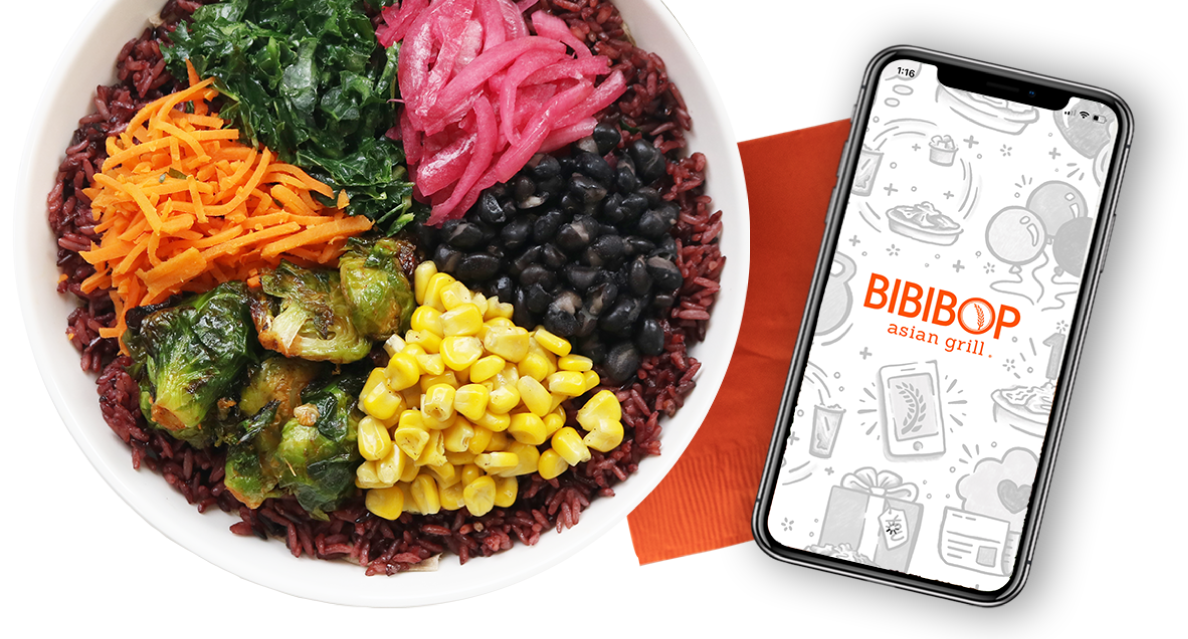Korean cuisine is celebrated for its rich flavors, vibrant colors, and unique blend of ingredients. Among its many culinary treasures, one dish is visually stunning and incredibly delicious: Bibimbap. In this blog post, we’ll take a deep dive into the world of Bibimbap, exploring its history, ingredients, preparation, and the delightful experience it offers to both the palate and the senses.

The Origins of Bibimbap
Bibimbap, pronounced “bee-bim-bap,” is a classic Korean dish dating back centuries. Its name translates to “mixed rice,” which perfectly encapsulates the essence of this dish. Originally a humble meal created by mixing leftover rice and vegetables, Bibimbap has evolved into an artful and flavorful masterpiece.
The Essential Ingredients
At its core, Bibimbap consists of a base of steamed white rice, a variety of sautéed or blanched vegetables, a protein source (often beef, but there are vegetarian versions as well), and a spicy sauce. Here’s a closer look at these vital components:
- Steamed Rice: High-quality, slightly sticky white rice forms the foundation of Bibimbap. It’s perfectly cooked to create a fluffy yet slightly crispy texture at the bottom of the bowl, known as “nurungji.”
- Vegetables: Bibimbap is a vegetable lover’s dream. It typically features an assortment of fresh, colorful vegetables, including kale, bean sprouts, carrots, cucumber, and broccoli. These veggies are blanched or sautéed with minimal seasoning to maintain their natural flavors.
- Protein: Bibimbap can be customized, while beef is the traditional protein choice. Vegetarians can opt for tofu or omit the protein altogether. The meat is usually marinated and stir-fried to tender perfection, often referred to as “bulgogi.”
- Gochujang Sauce: The crowning glory of Bibimbap is the gochujang sauce, a spicy and savory chili paste mixed with soy sauce, sugar, garlic, and sesame oil. This sauce adds flavor and a delightful kick to the dish.
The Art of Presentation
One of the most striking aspects of Bibimbap is its presentation. The ingredients are meticulously arranged in a colorful, circular fashion on top of the rice, creating a visually appealing dish that’s almost too beautiful to eat. The egg, often served sunny-side up, sits atop the mound of ingredients, waiting to be mixed in.
Mixing and Savoring
When you take your chopsticks and mix all the ingredients of Bibimbap, you unleash the true magic of the dish. The flavors meld and the gochujang sauce coats everything, creating a harmonious blend of textures, tastes, and temperatures that dance on your taste buds.
Bibimbap offers more than just a meal; it provides an experience. This testament to Korean culinary craftsmanship combines fresh ingredients, vibrant flavors, and artful presentation to delight all the senses. Whether you’re a seasoned foodie or a curious explorer of international cuisines, Bibimbap stands out as a must-try dish that transports you to the heart of Korea with each flavorful bite.
So, if you’re seeking a culinary adventure that blends taste and tradition harmoniously, opt for Bibimbap. Enjoying it in a traditional Korean restaurant or preparing it at home promises a delightful journey through the rich and flavorful world of Korean cuisine.



